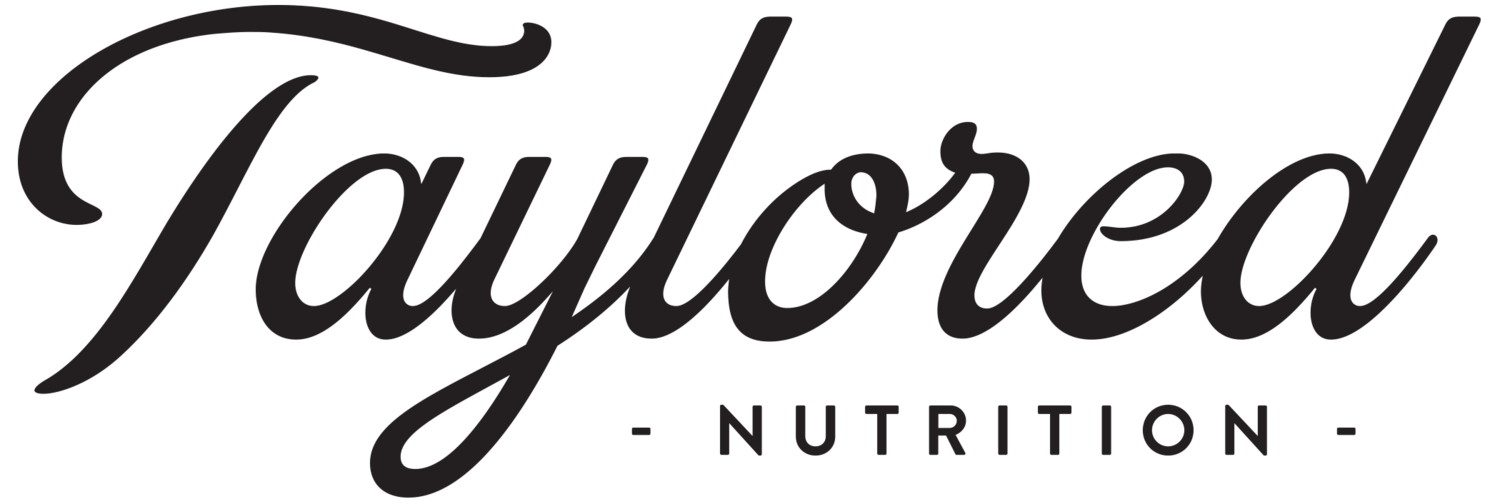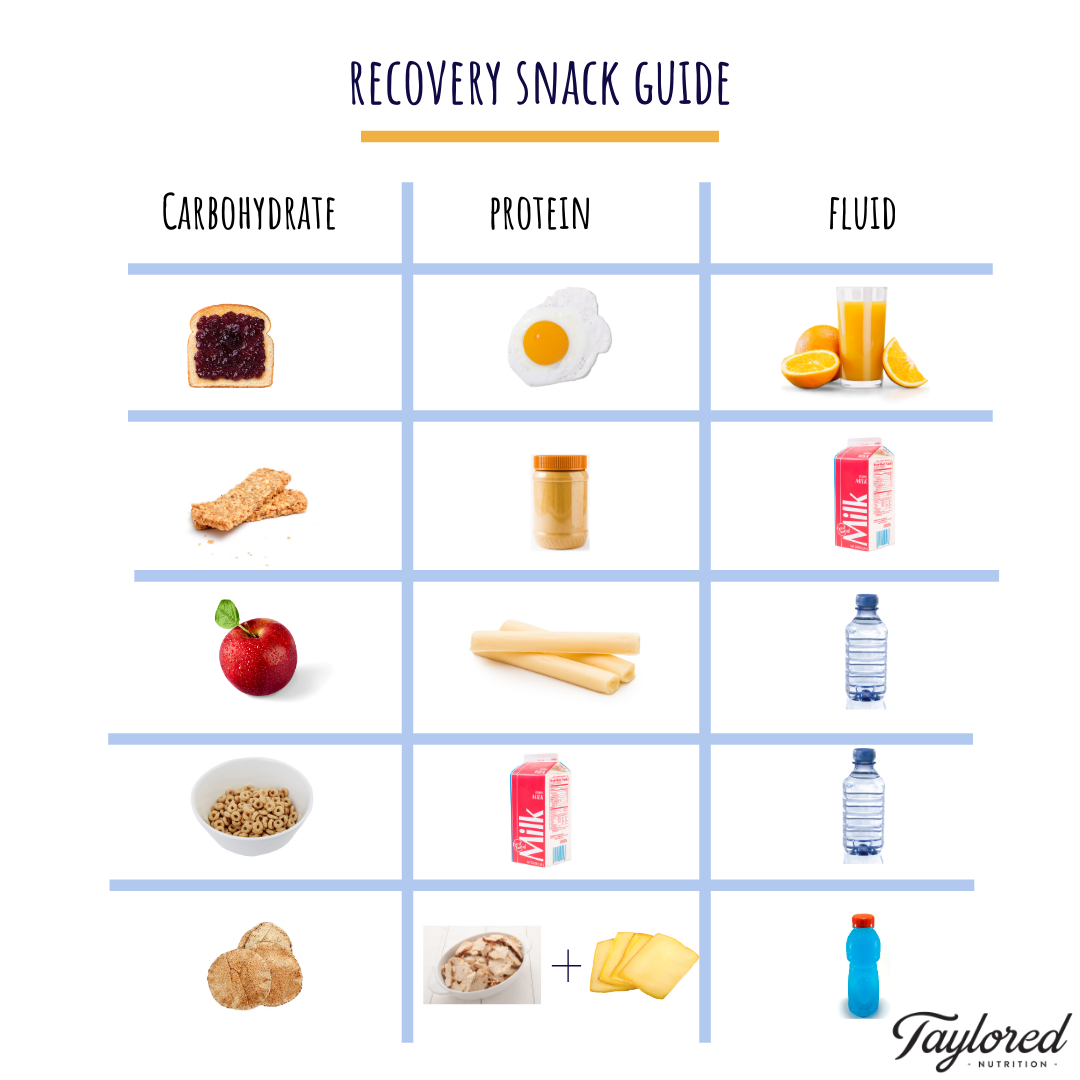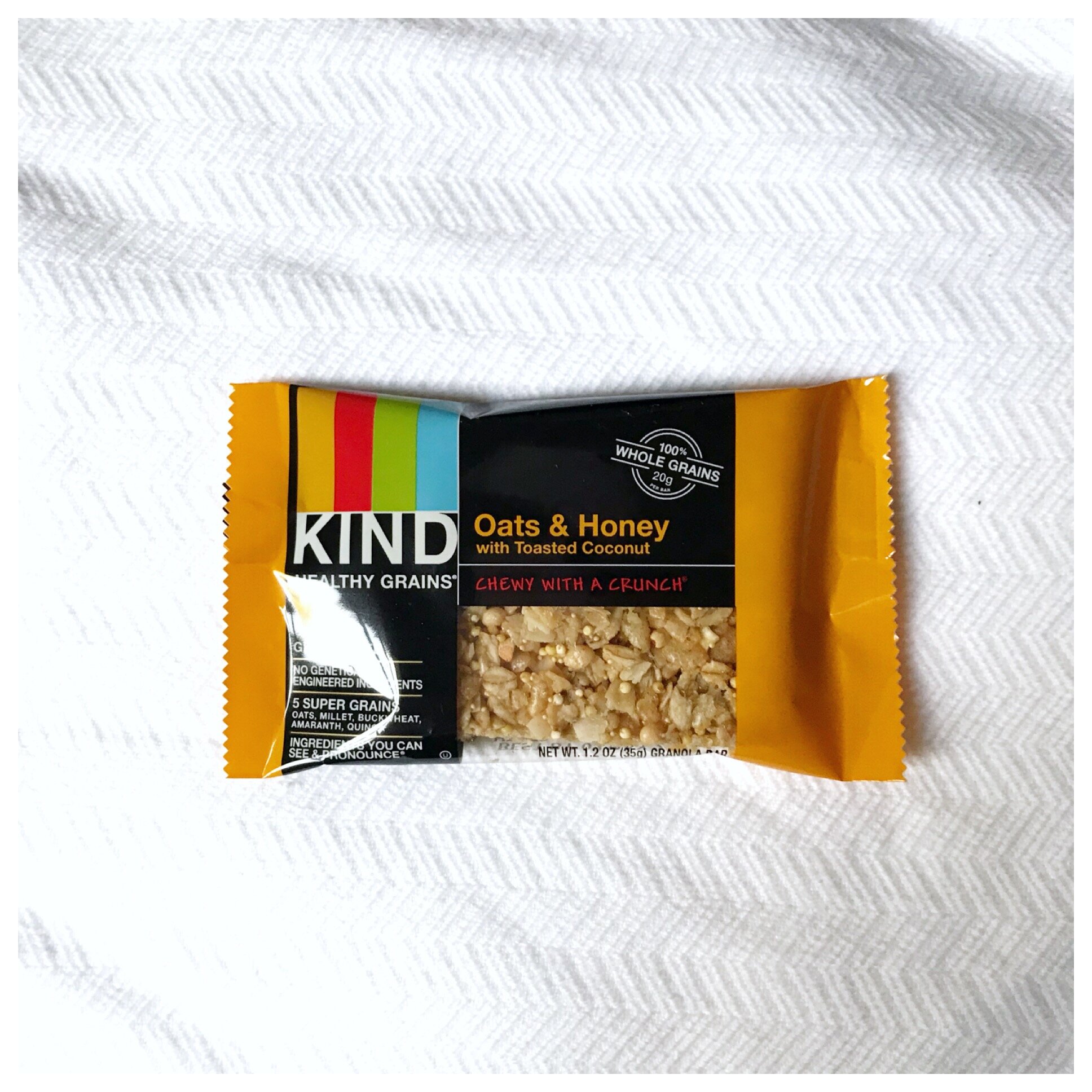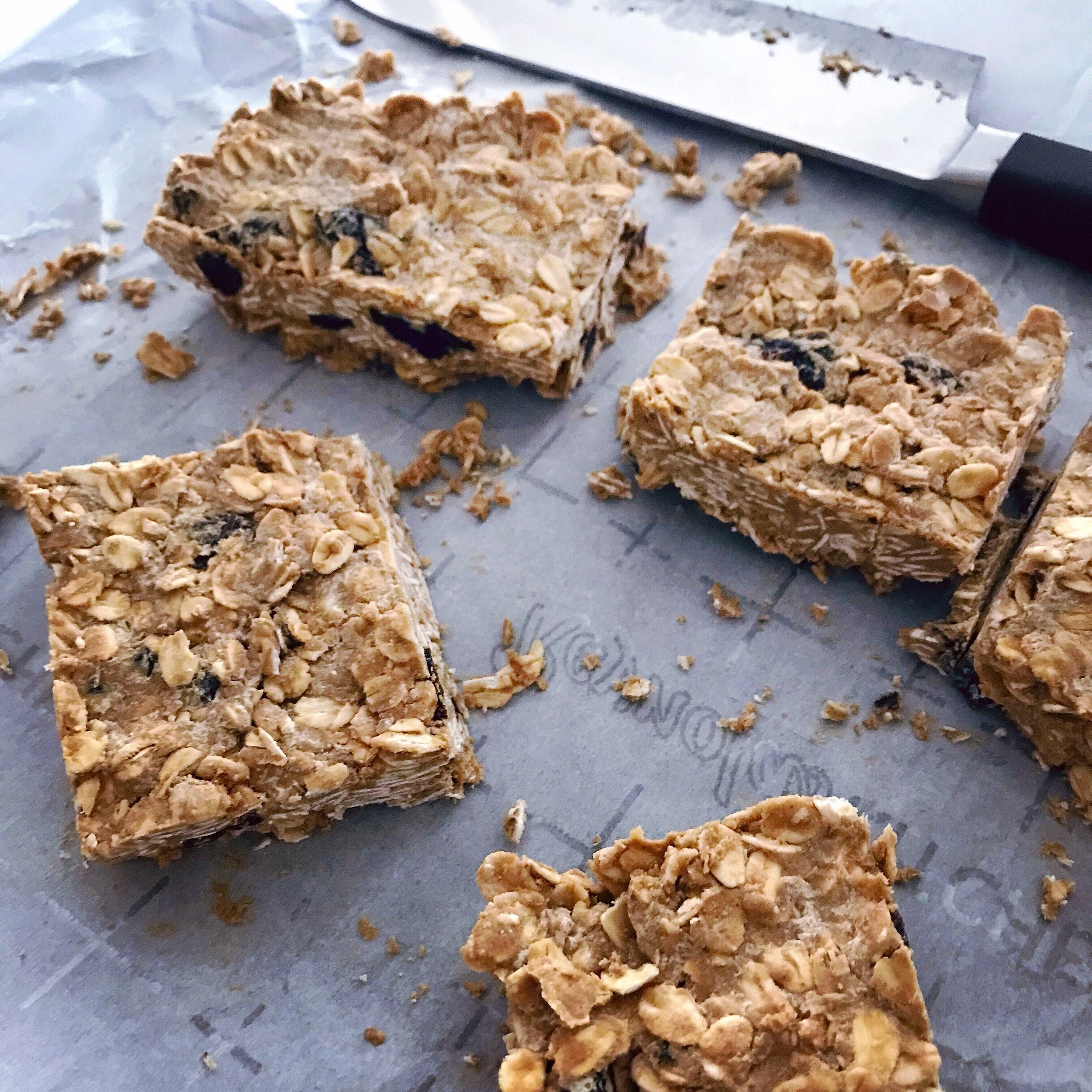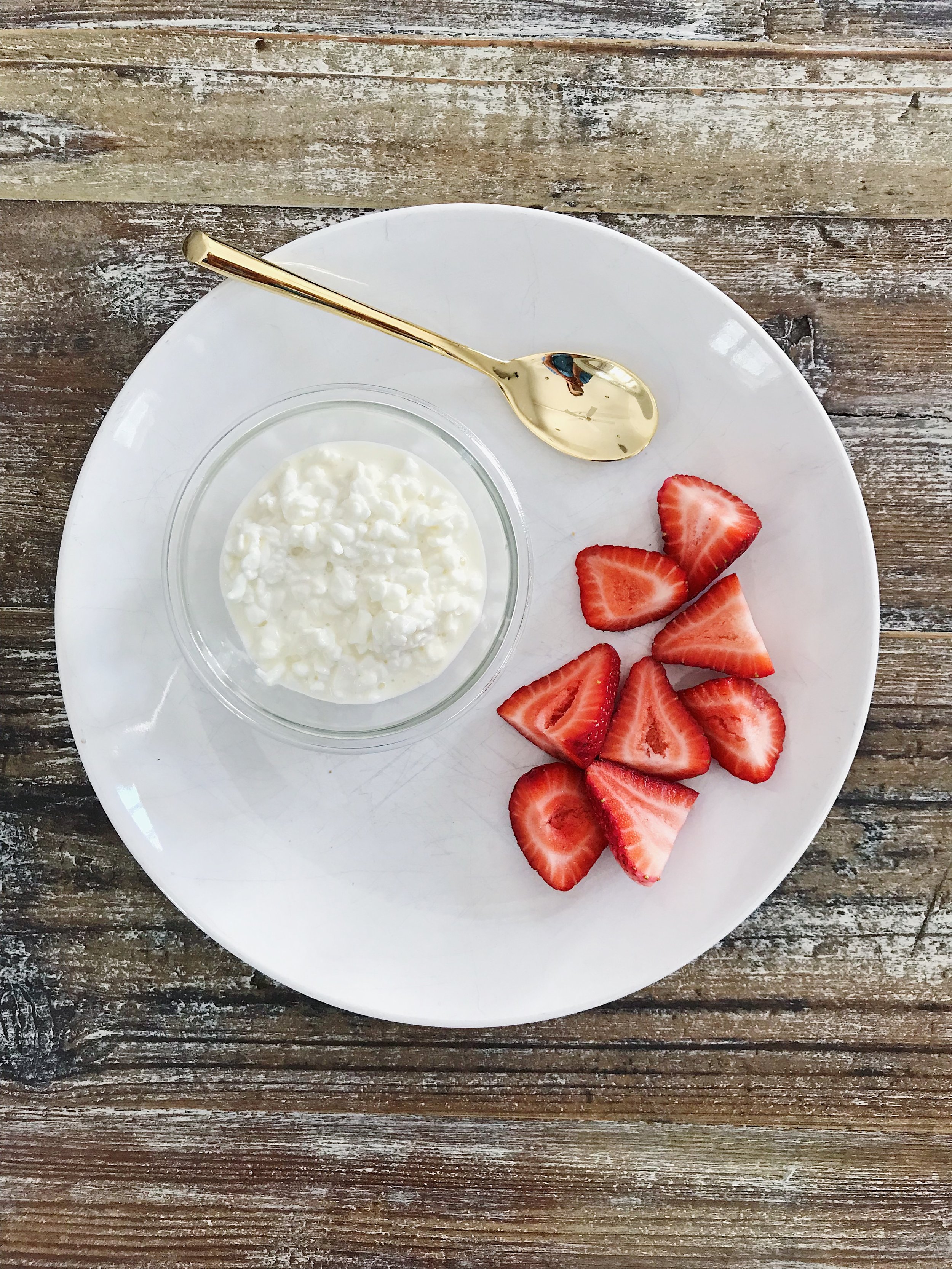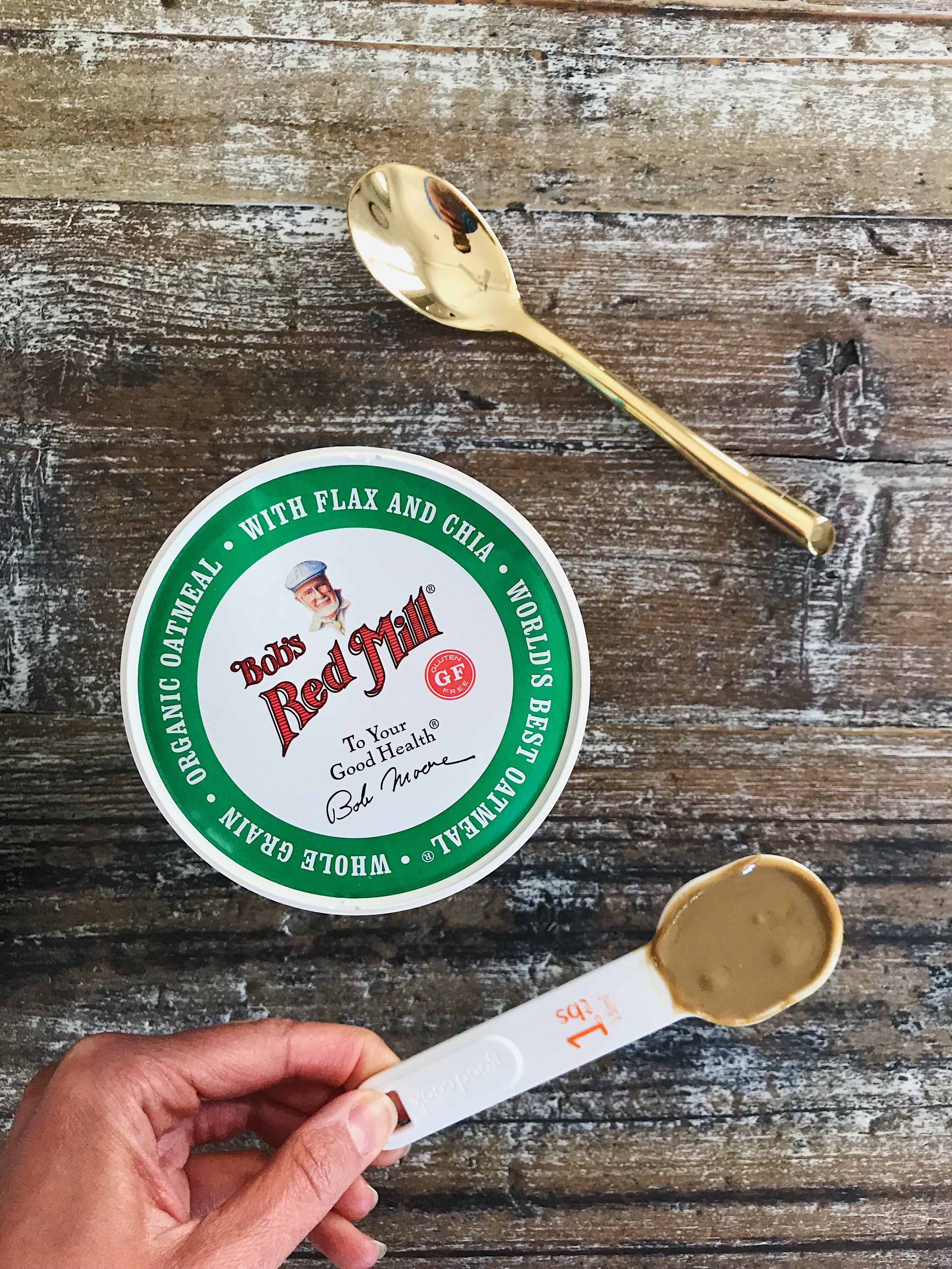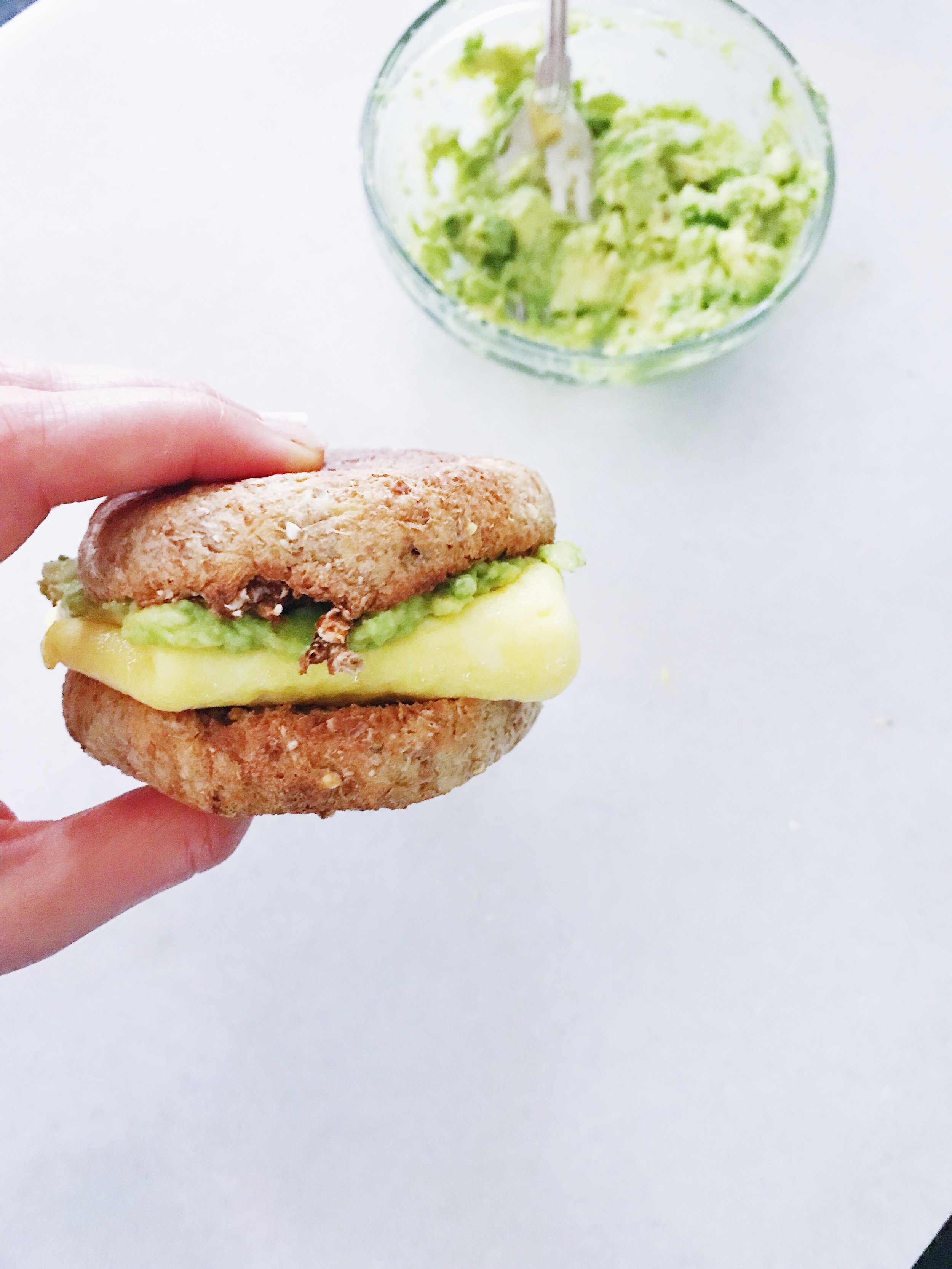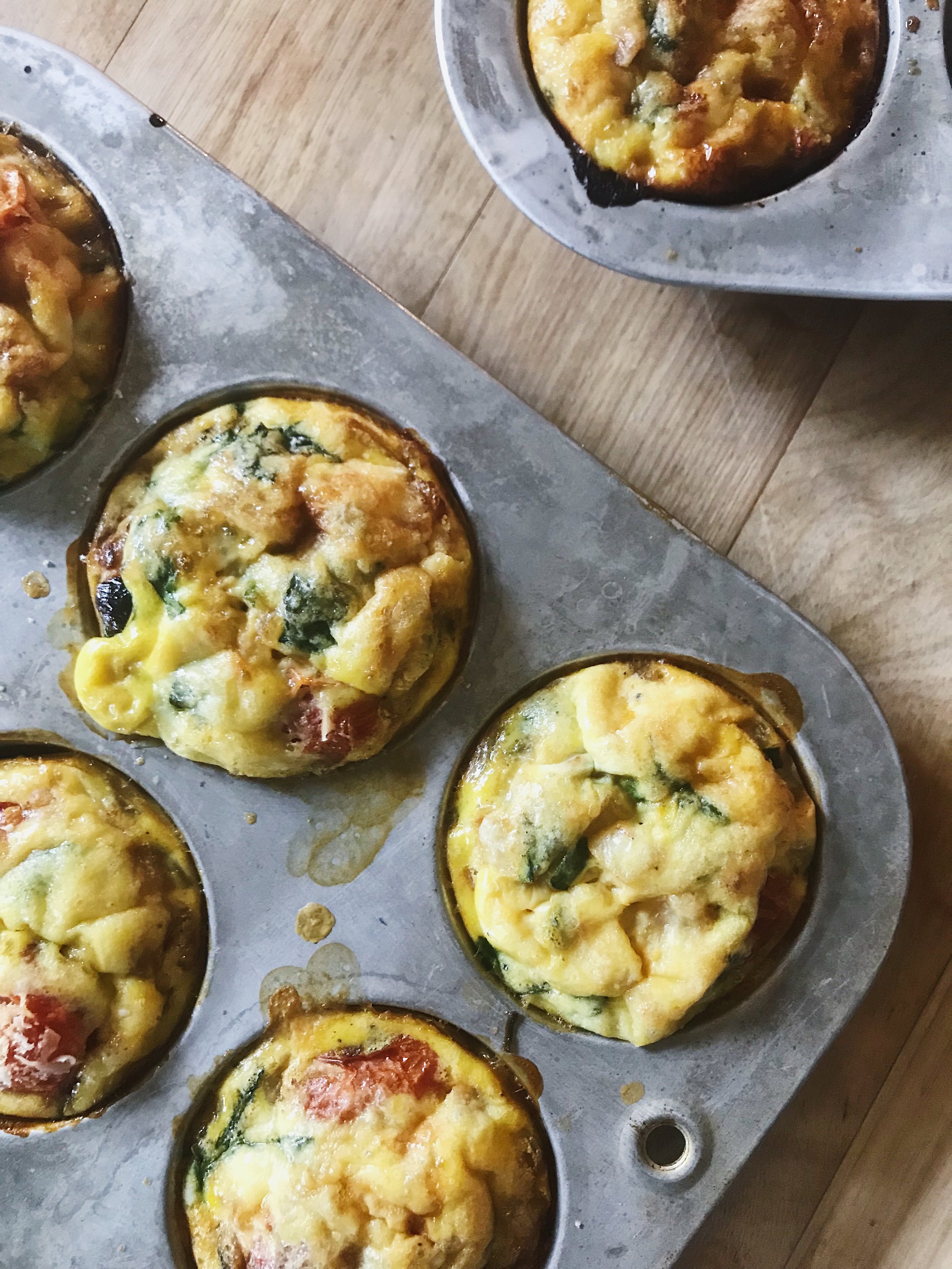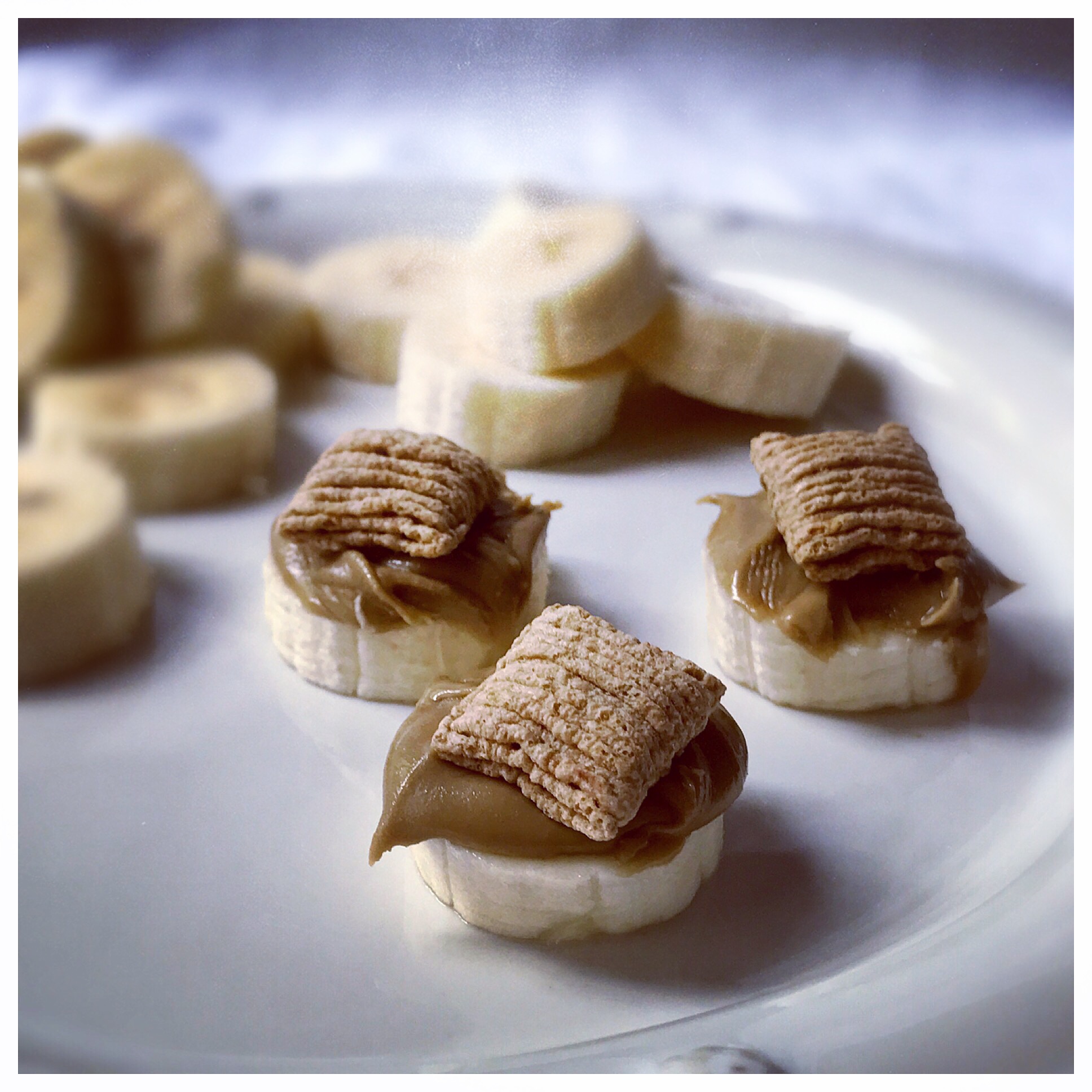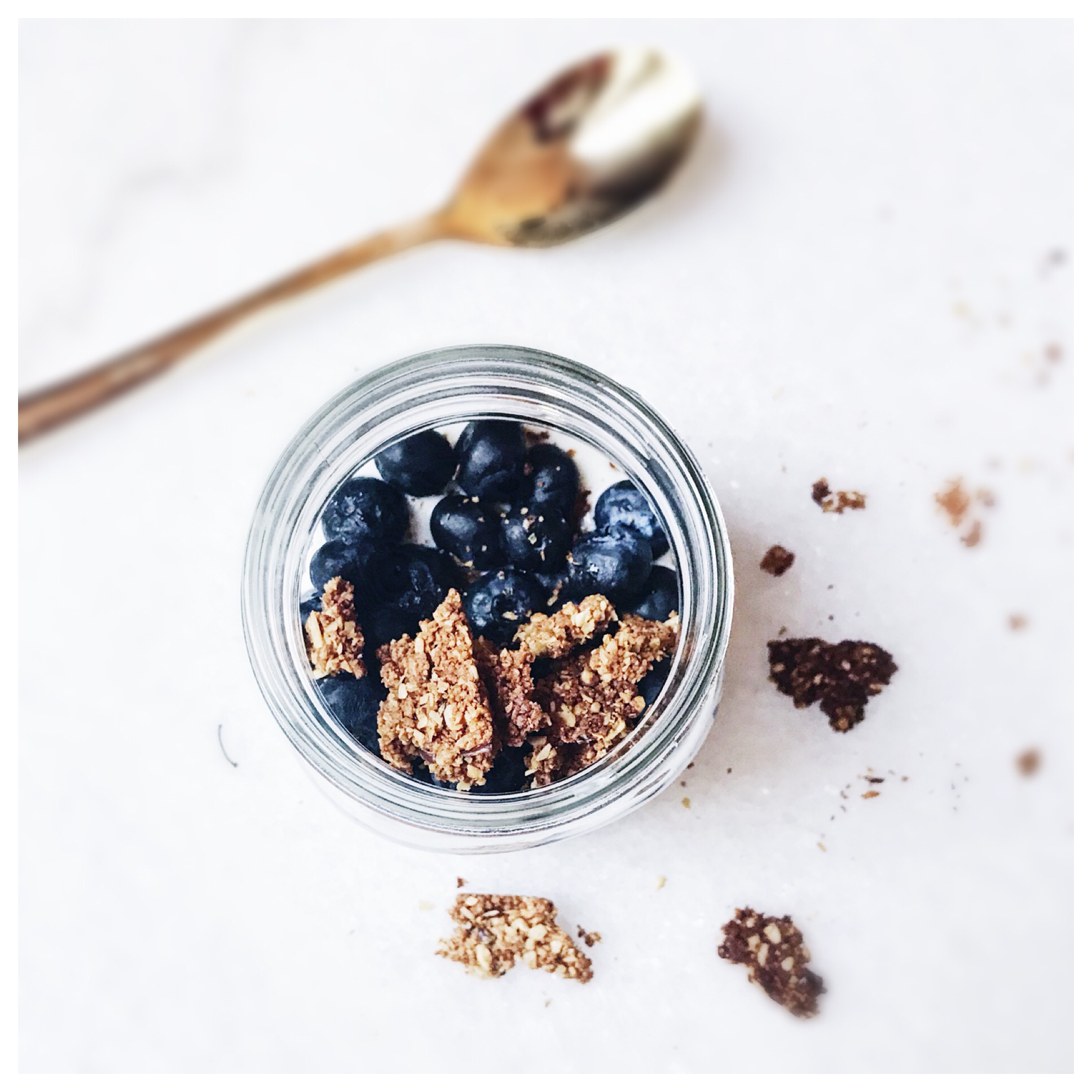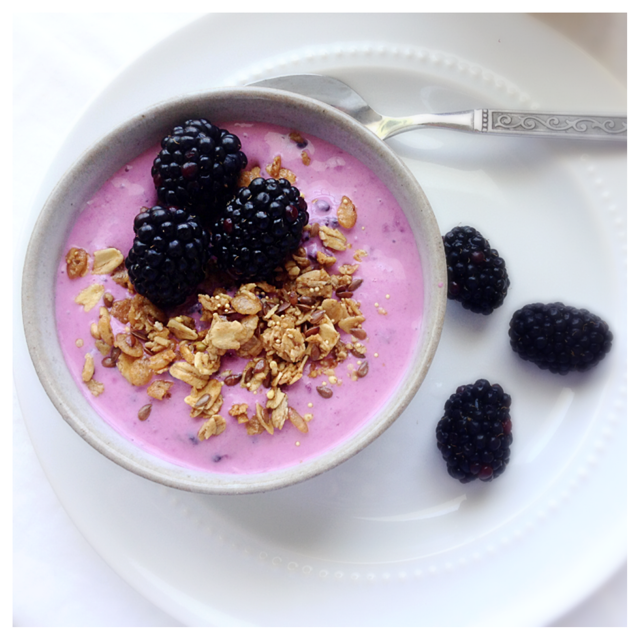I have worked with a lot of teen male athletes over the years who have come to me with weight gain and muscle building goals. They are typically football players but have also included athletes in soccer or baseball or a few other sports. They want to build muscle but either (a) are not sure where to start so have not yet started making changes or (b) have been trying to build muscle for months but without much of a plan or direction and are not seeing the desired gains. They most often get to me at a point of high disappointment when they feel like giving up or they are thinking about turning to supplements. I know that it can be so tough for these athletes! With all of this being said, I thought now was the perfect time for this post. I always recommend making any kind of changes in the athlete’s off season, especially when those changes have to do with the athlete’s meals and snacks and fueling strategy. And for many athletes, summer is the off season, a time when many athletes I talk to are working on changes in preparation for fall and the start of school and their sport.
So, today I want to first give you five reasons your young athlete’s efforts may not be working. Then I want to follow with five key nutrition practices that he can start implementing today that can help him meet his weight gain / muscle building goals! Keep in mind, these are only the nutrition components. Certain exercises, like resistance training, as well as sleep and other good habits are important to seeing gains in muscle. Also, if your athlete has not gone through puberty yet, it’s important to remember that he will only see so much gain. This is because he does not yet have the hormones for those big muscle gains that he may see in his favorite collegiate or professional athlete, or even in an older teammate. It might be hard for some young athletes to hear, but it is always important to set realistic expectations as you get started and take changes and goals step by step and year by year.
Five reasons that your young athlete’s efforts may not be working:
He is not consuming enough total calories throughout the day.
He is not consuming enough protein throughout the day, spaced out evenly between meals and snacks.
He is not consuming enough carbohydrate throughout the day.
He is not implementing his food changes consistently every day (instead he focuses on it one day here and one day there - maybe about 3 or 4 days/week)
He is not being mindful of how his nutrition fits around his daily resistance training sessions.
So, we see why the athlete’s efforts may not be working. Now let’s take a look at actions he can take to make a change and head in the right direction…
5 key nutrition principles & actions to help your young athlete build muscle:
Consume adequate or increased calories each day.
The athlete cannot build muscle and gain weight if he is in a calorie deficit
Consume adequate / increased protein each day.
Make sure it is spaced evenly between meals and snacks.
Your athlete likely only needs about 20 to 30 grams of protein at once to build muscle (but that exact amount is athlete-specific).
Consume adequate carbohydrates each day.
The body does not want to use protein for energy, but it will if it has to because there are not enough carbohydrates available! Make sure your athlete is getting enough carbs so the body can use that for energy and use the protein to build muscle.
Make sure your athlete is fueling around his practices and resistance training sessions.
He should be going into a workout energized and implementing a good recovery snack or meal about 45 minutes after the session is over.
Consistency is Key! The young athlete should be mindful of these eating practices every day, not just a few times a week. These small daily changes add up to big results that meet performance and muscle building goals. Stay consistent and don’t give up!
It can be hard for a young male athlete, busy with his school schedule, participating in daily practices for his sports, and going through rapid growth spurts to meet his daily needs to build muscle. It can be tempting to turn to fancy sounding supplements that claim big muscle-building results. However, those supplements can be harmful and may not get the athlete the long-term results he is wanting. It’s always best to choose food first and, with a little planning and by incorporating the five key nutrition principles above, the young athlete’s goal of building muscle can be met!
If your athlete has been trying but struggling to see results or if you want to set out a plan prior to getting started, reach out to me to book a call! We can get on the phone, discuss your athlete’s goals and then see if booking a session together would be a good next step. Don’t give up. You CAN do it. I’ve seen athletes meet their weight gain and muscle building goals before and I know you can do it too.
Happy Fueling!
Taylor
